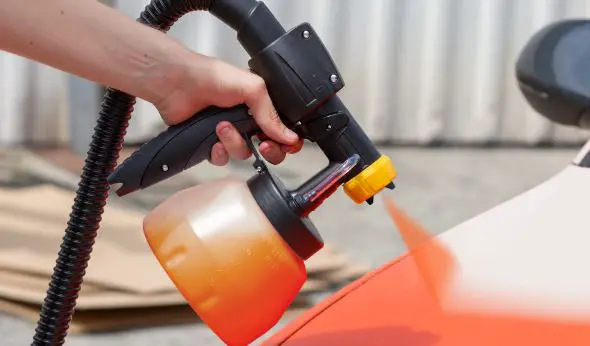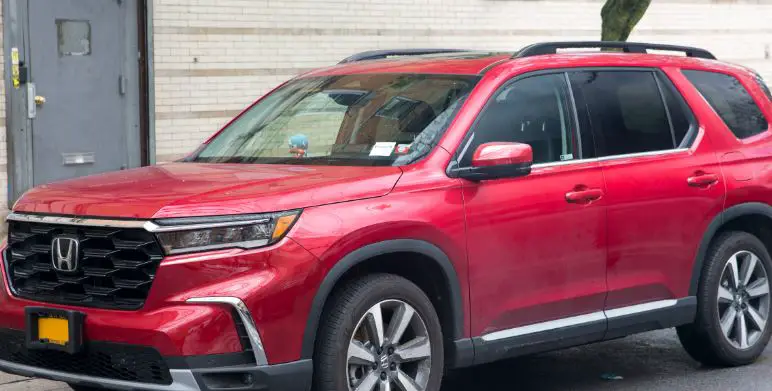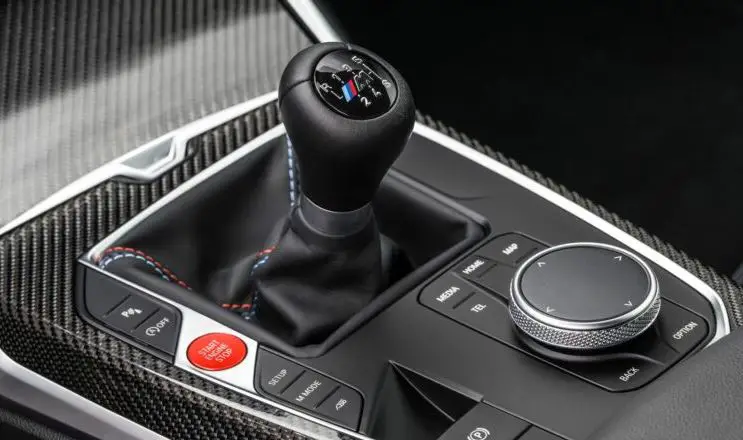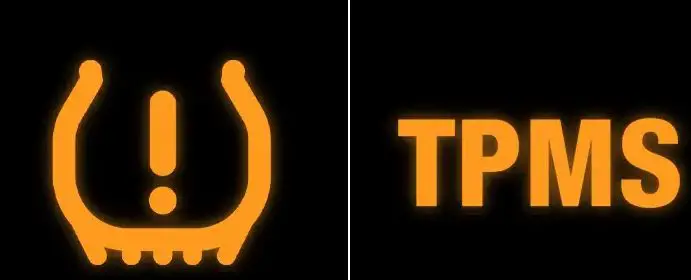Paint sprayers are a great way to get a smooth and even coat of paint on your car. There are two main types of paint sprayers – those that use air, and those that don’t. An airless paint sprayer doesn’t require an air compressor, making it a popular choice for those who want to try painting their car themselves. In this blog post, we’ll explore whether or not it’s possible to paint a car with an airless sprayer, and what you need to do in order to make sure the job is done right.
Let’s Take A Look!
What Is An Airless Paint Sprayer?
An airless paint sprayer is an innovative tool used to apply a fine mist of paint or other liquid over the desired surface. Unlike traditional paint guns, which require compressed air for operation, an airless paint sprayer uses a powerful motor and pump system to atomize the liquid by forcing it through a small nozzle at high pressure. This provides a more even coverage with less overspray than can be achieved using conventional methods.
Airless paint sprayers are ideal for larger surfaces, such as walls and ceilings, where there would normally be too much waste with traditional tools.
Airless paint sprayers have a number of advantages over traditional guns. As mentioned earlier, they provide better coverage with less overspray and wastage; meaning that the job can be done more quickly and with less material. They also allow for greater control of the spray pattern, allowing for finer finishes or larger areas to be covered with ease. Additionally, they are much quieter than their traditional counterparts, making them a great choice for indoor projects.
Can You Paint A Car With An Airless Paint Sprayer?
Yes, you can paint a car with an airless paint sprayer. This is becoming increasingly popular as it allows for more even application of paint and can also result in faster turnaround times than using traditional tools. However, it is important to note that some additional preparation may be necessary before painting a car with an airless paint sprayer.
The surface must first be properly prepped before any paint is applied and then the painter should use specialized masks and protective gear to avoid any inhalation of hazardous fumes or particles.
For best results, it’s recommended to use a professional grade HVLP (High Volume Low Pressure) airless system which provides more control over the spray pattern than conventional models.
What Paint Gun Can I Use To Get The Job Done?
The Graco Magnum 262800 X5 is one of the most popular airless paint sprayers available on the market. This model features an innovative TrueAirless Spray Tip Technology which allows for even coverage with less wastage. It also has a convenient reversible tip design, meaning that you can easily switch between different spraying patterns to suit your needs. This sprayer also has an adjustable pressure control dial, allowing you to control the amount of material sprayed onto the surface. All in all, this paint sprayer is perfect if you are looking for a professional finish on your car painting project.
How To Learn How To Paint A Car With An Airless Sprayer
Before attempting to paint a car with an airless sprayer, it’s important for any DIYer to understand the basics of how the process works. It’s recommended to start by reading up on the topic or watching tutorial videos on YouTube before beginning. Once you feel comfortable with the general concepts, practice painting smaller objects such as wooden blocks or other pieces of scrap metal and furniture before tackling your project car.
It’s also important to make sure that you have all necessary safety supplies and equipment, such as respirators, safety glasses and protective overalls in order to ensure that your health doesn’t suffer from fumes or particles during painting. Finally, when you are ready to begin painting your car, make sure to take your time and practice patience throughout the process in order to achieve a smooth, even finish.
What Supplies/Tools Do You Need For The Job?
Before you start prepping your car for painting with an airless sprayer, you’ll need to have the right supplies and tools. Depending on the materials you will use, you may need to purchase additional supplies or tools.
The most common items that are needed include:
– An airless sprayer (which includes a hose, gun, tip and nozzle)
– A respirator or face mask
– Safety glasses or goggles
– Primer specifically designed for airless spraying
– Paint specifically formulated for airless spraying
How To Prepare A Car For Painting With An Airless Sprayer
The most important step to consider when painting a car with an airless sprayer is preparation. To ensure a smooth and even finish, the surface must be properly prepped before any paint is applied.
First, the car should be washed thoroughly with water and soap to remove dirt or other particles that may interfere with the adhesion of primer or paint. Once dry, sanding should be done to remove any bumps in the metal surface for an even look. Any rust spots should also be treated at this time as well. Finally, it’s recommended to clean the surface again with a degreaser and then apply a layer of primer specifically designed for airless spraying before painting.
How To Paint A Car With An Airless Sprayer (Step By Step)
Once you’ve prepped the car, it’s time to start painting.
Step 1: Prep your workspace
Before you even take out the sprayer, it’s important to create a clean and safe environment to paint in. Set up a space that is well-ventilated, free of any dust or debris, and away from any pets or children. Make sure all windows are open and use fans to keep air circulating if necessary.
Step 2: Tape and Mask the Vehicle
Once you have sanded and wiped down your vehicle, it is time to tape and mask off any areas of the car that you do not want painted. This includes door jams, windows, rubber trim, handles and lights. Make sure to use a good quality automotive grade masking tape so that no paint or primer gets underneath it. If you are painting a larger area such as an entire panel, be sure to cover all areas that you do not want painted with several layers of newspaper or plastic sheeting before taping and masking.
Step 3: Prime the Vehicle
Before applying color coats of paint to your vehicle, it is important to prime them first. Primer helps to fill in any small scratches or imperfections, as well as providing a base coat for the color coats of paint to adhere to. It is important to apply primer with an even coverage so that it looks consistent after painting. When using an airless sprayer, make sure you use a medium-large tip size (usually around .027) and set your pressure at about 30 PSI. Spray the primer on in light even strokes, keeping the nozzle about 6-12 inches away from the vehicle.
Step 4: Apply Color Coats
After the primer has dried, it is time to start applying color coats of paint. Again use a medium-large tip size when spraying with an airless sprayer and set your pressure at about 30 PSI. Spray the paint on in light even strokes, keeping the nozzle about 6-12 inches away from the vehicle. When spraying a larger area such as an entire panel, start from the top and work your way down to avoid any runs or sags in the paint.
Step 5: Apply Clear Coat
After you have applied several coats of color, it is time to apply a clear coat for added protection and shine. Again use a medium-large tip size when spraying with an airless sprayer and set your pressure at about 30PSI. Spray on several light even coats, allowing each one to dry before applying another layer. Make sure you keep the nozzle approximately 6-12 inches away from the vehicle.
Step 6: Remove all Masking
After the clear coat has dried, it is time to remove all of the masking and newspaper. Carefully peel off the tape and plastic sheeting, taking care not to damage any of the newly painted areas. Finally, wipe down the vehicle one more time with a clean cloth or wax remover to get rid of any dust or debris that may have accumulated during the painting process.
How Long Does It Take To Dry Fully?
Depending on the type of paint and number of coats applied, it can take anywhere from 24 to 48 hours for the paint to dry fully. However, you should wait at least 1-2 weeks before waxing or applying a protective sealant to the vehicle. This will ensure that the paint has had enough time to cure and harden before being exposed to any outside elements.
Should You Try Paint A Car Yourself Or Leave It To The Professionals?
If you are new to auto painting and have never painted a car before, it is probably best to leave the task of painting your vehicle to a professional. This is because there are many steps involved in the painting process, from prepping the surface to applying multiple coats of paint. Plus, if done incorrectly, the results could be disastrous.
However, if you have some experience with auto painting and feel confident in completing the job yourself, then by all means go ahead! Just remember to follow all safety precautions such as wearing protective gear and ventilation masks while working with paints and chemicals. Good luck!
Go Home












